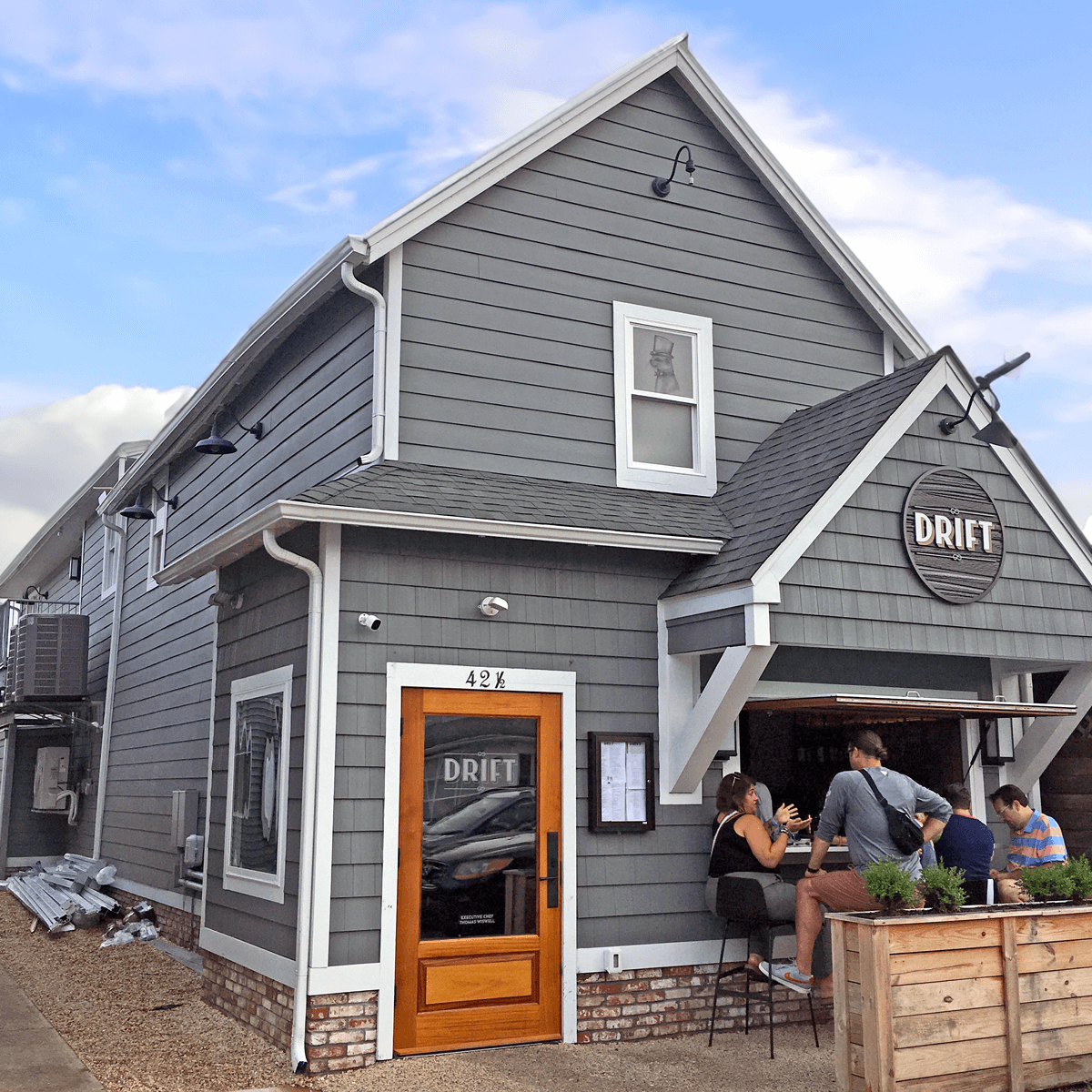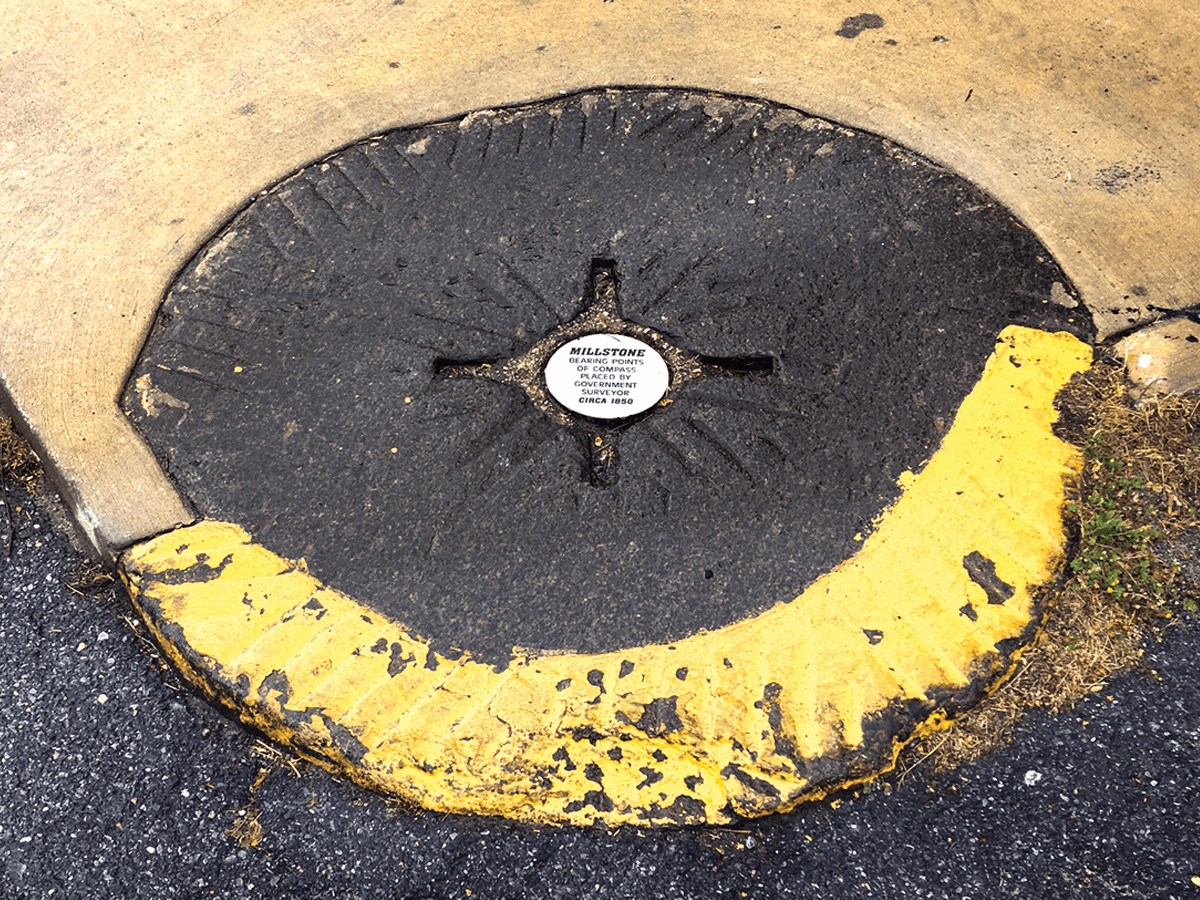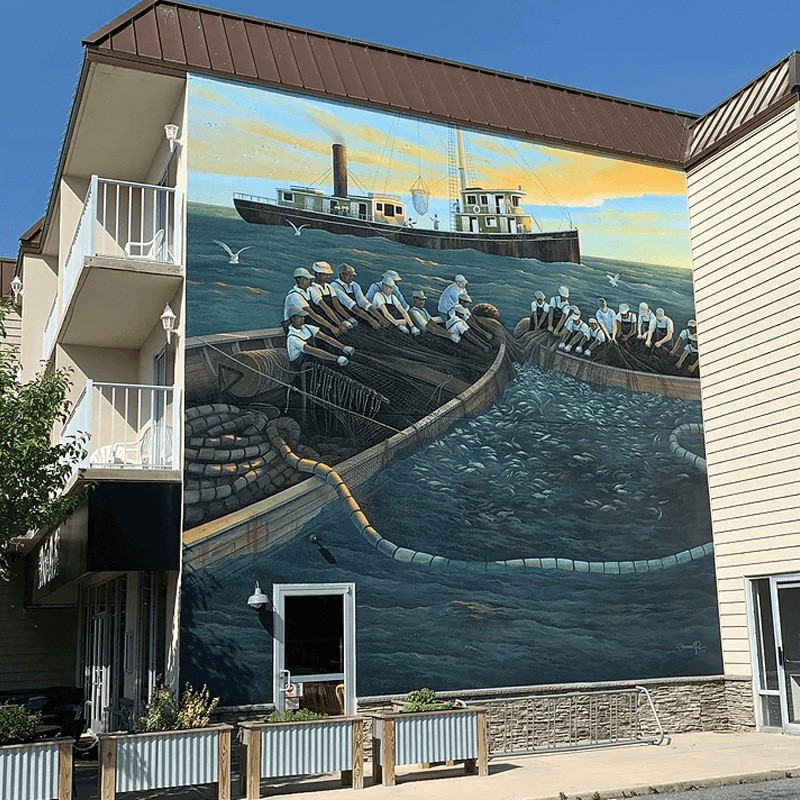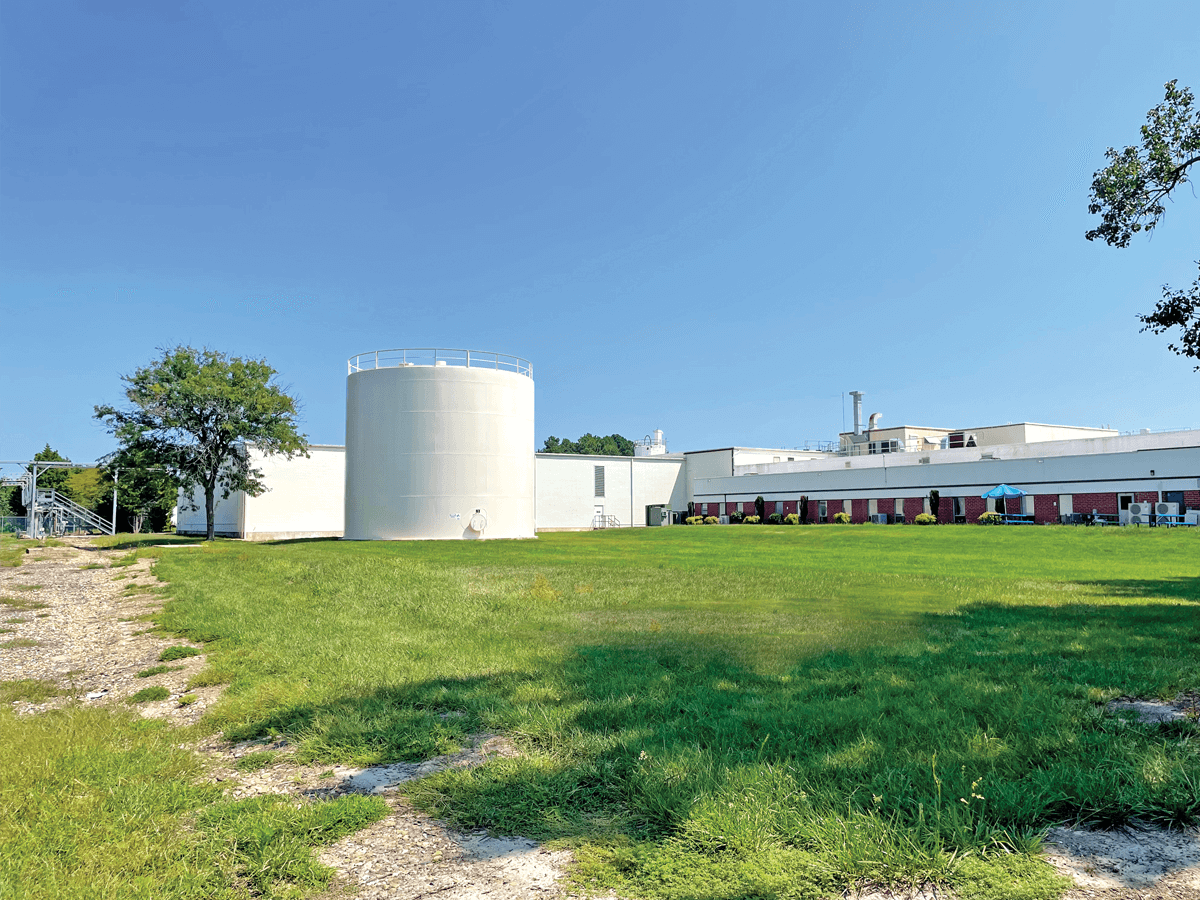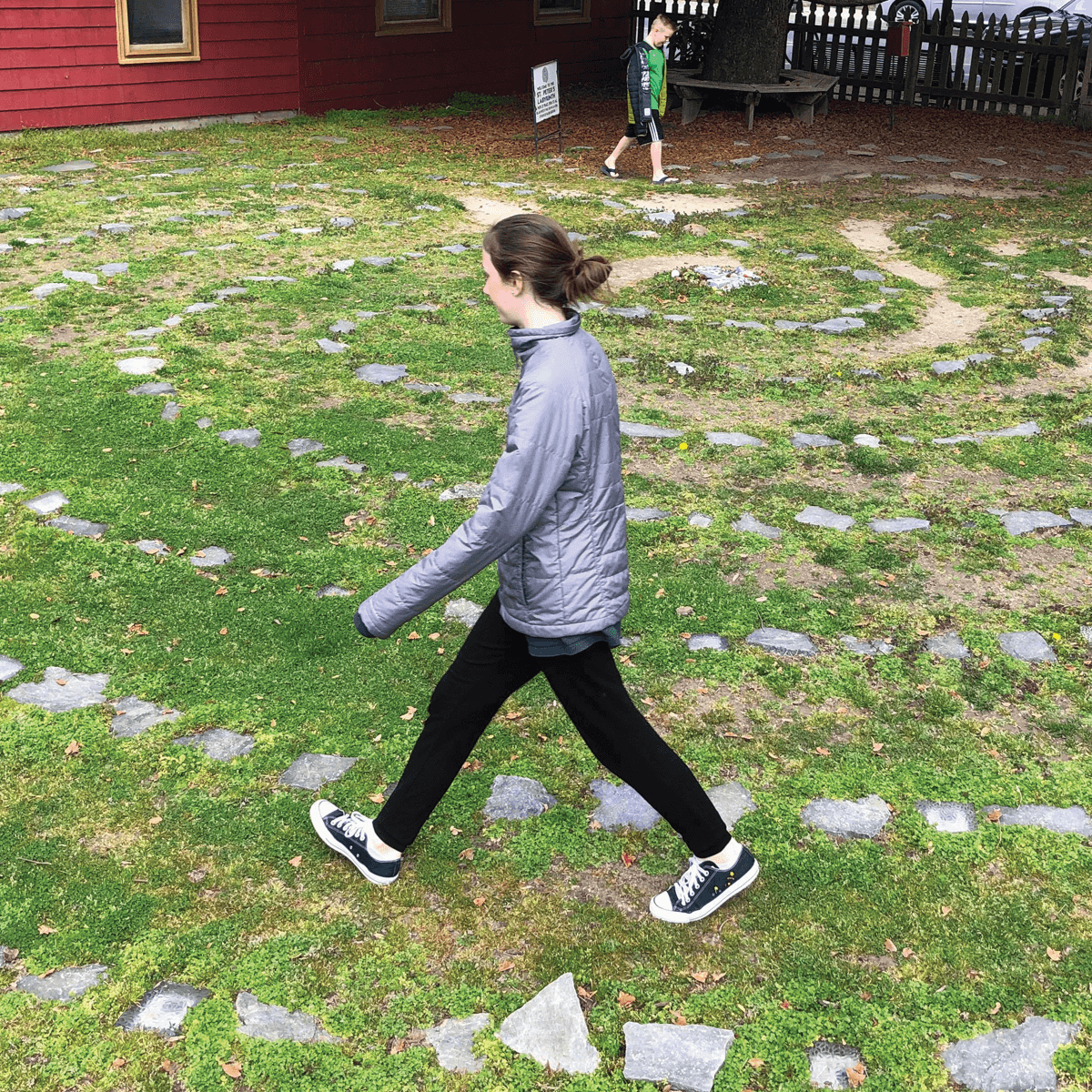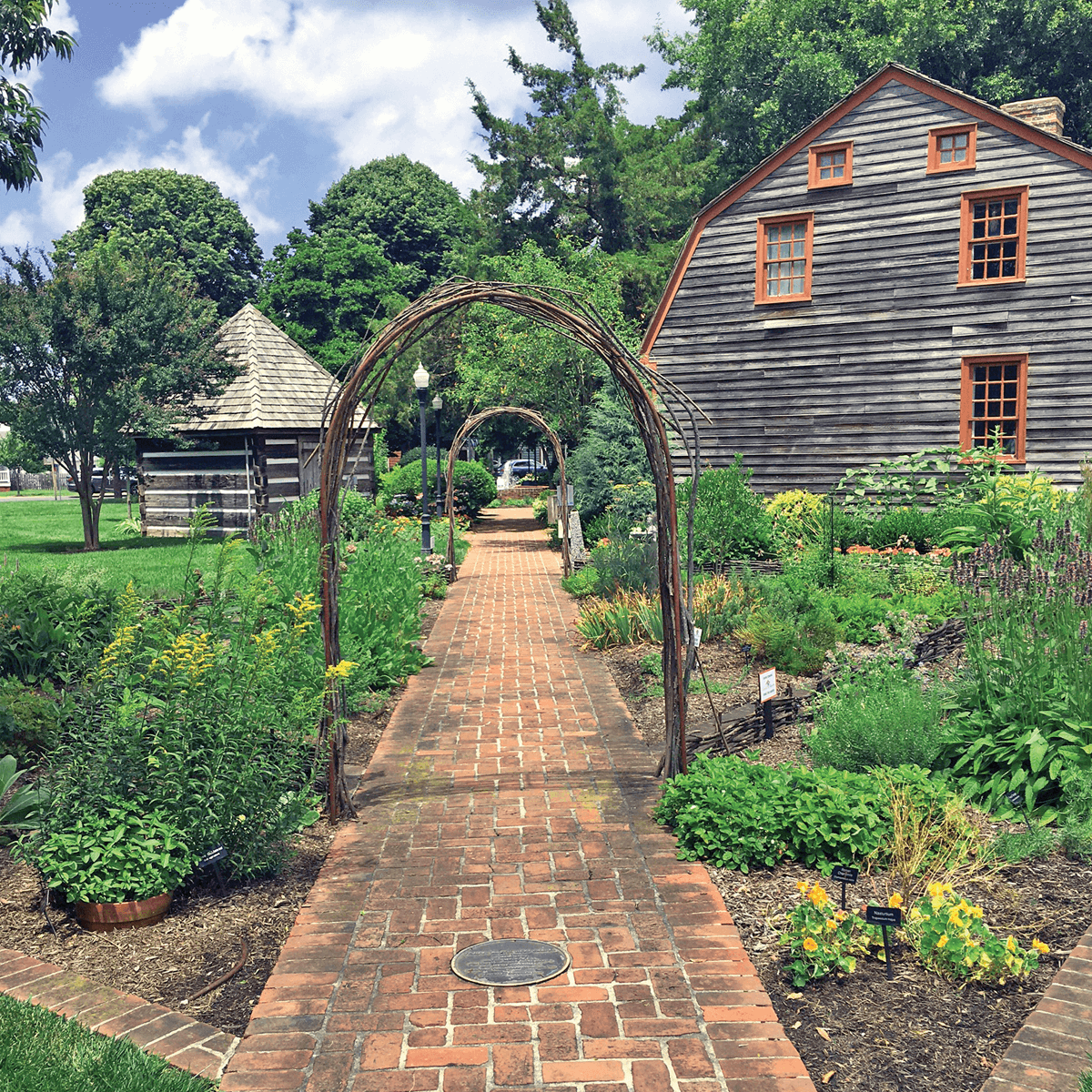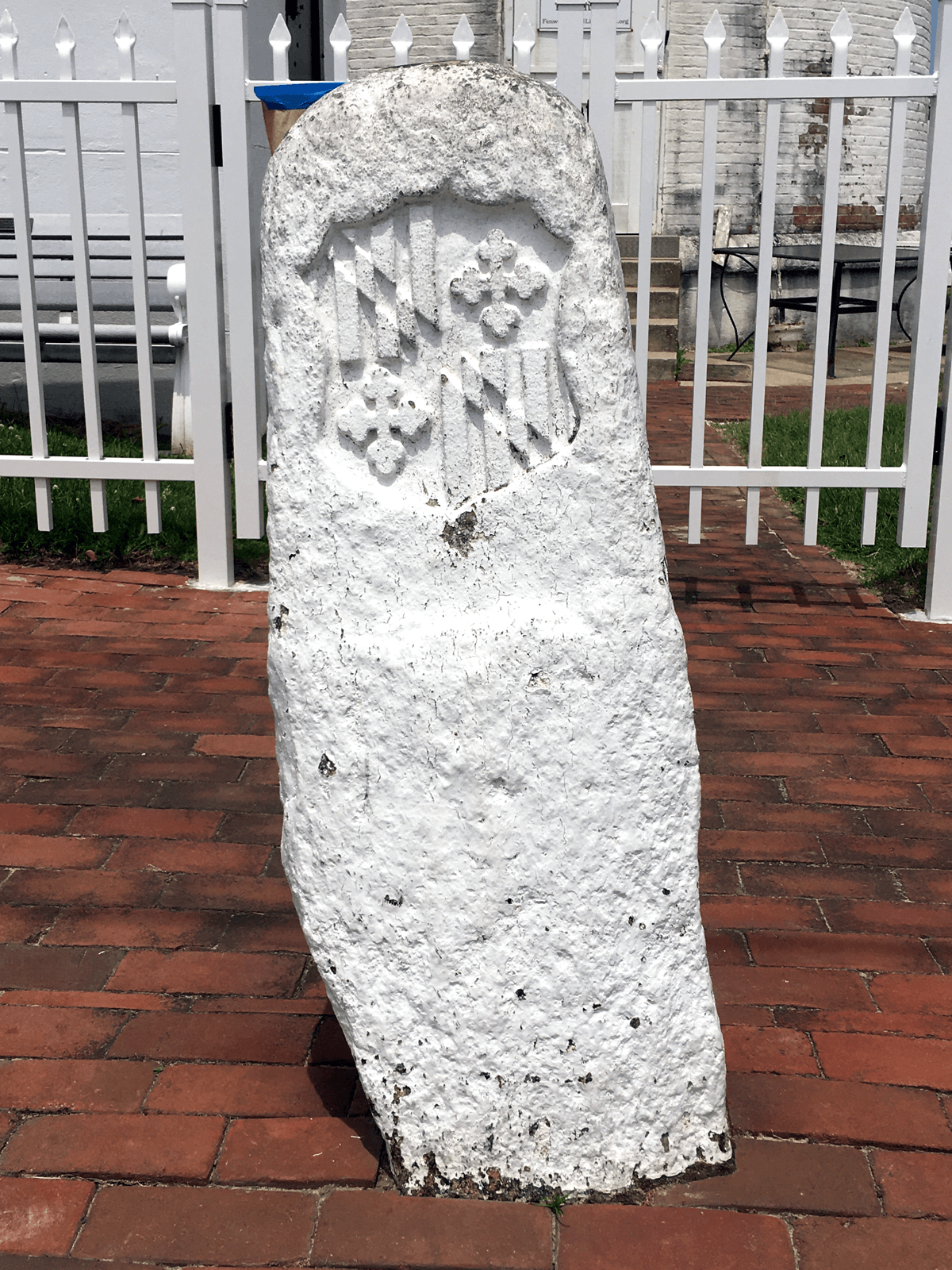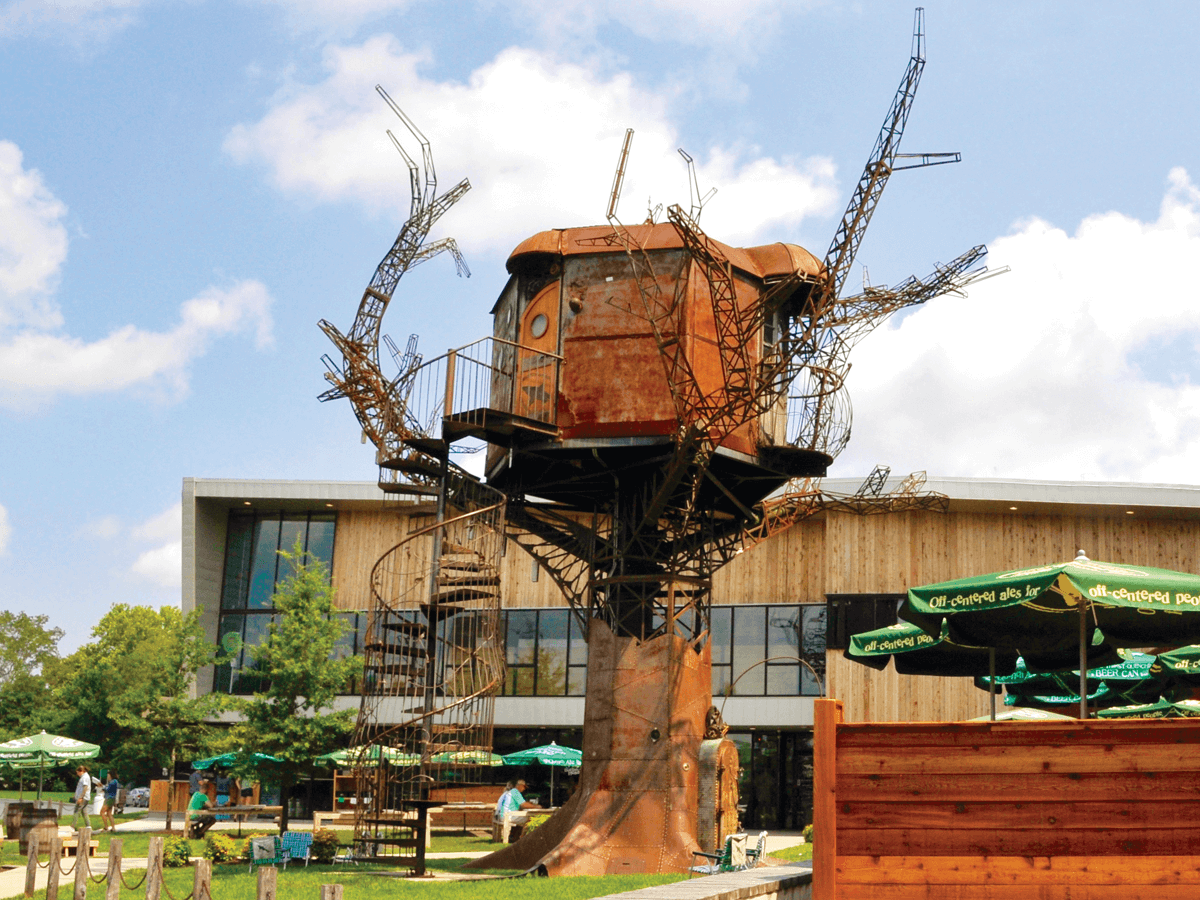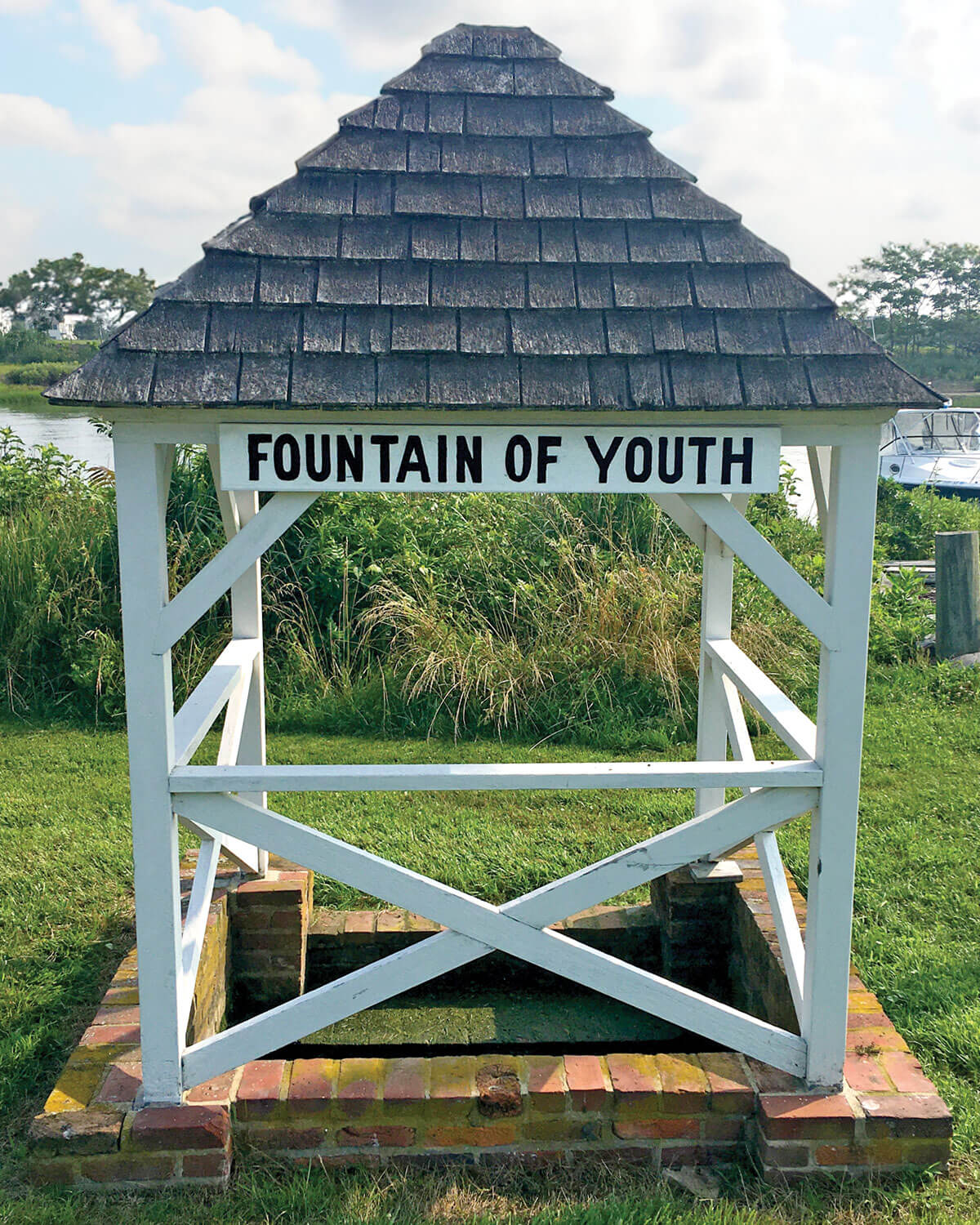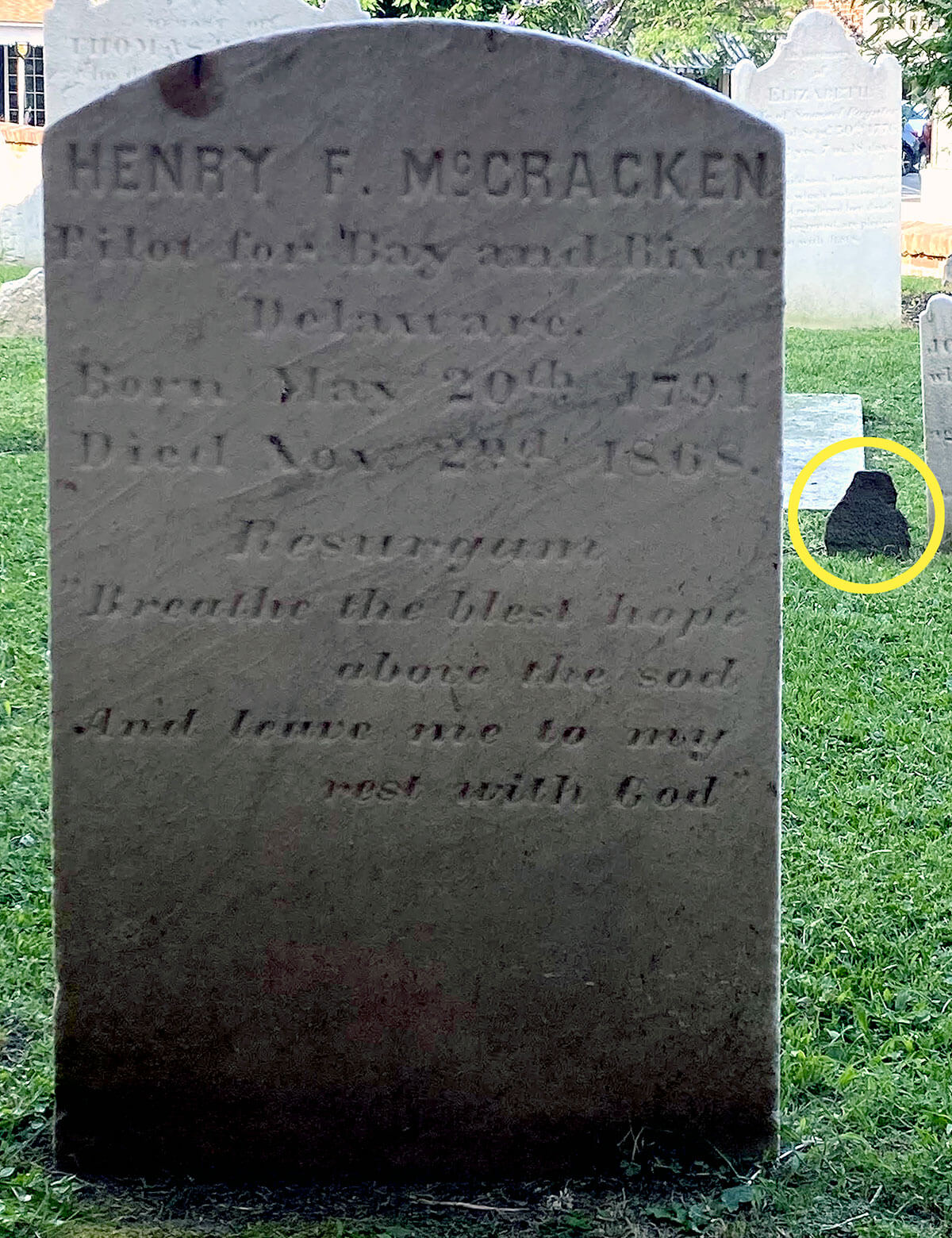By the late 1870s, one preacher had already declared Rehoboth “a den of dancing, card playing and whiskey drinking,” but it started as a religious retreat. In the early days, traveling Methodist preachers spoke in barns, fields — anywhere they could draw a crowd. By the early 1800s, they had begun to hold camp meetings where people gathered for several days to hear sermons and read the Bible.
Reverend Robert W. Todd, a pastor from Wilmington, had the dream of creating a Christian seaside summer retreat. In 1873, the Rehoboth Beach Camp Meeting Association of the Methodist Episcopal Church was formed to buy the land, lay out the streets and sell lots. They set up an open-air tabernacle for worship near where Grove Park is now and sold lots for $75-$150 (they’re worth slightly more now). People built wooden houses they called “tents.” They were just 300 square feet, one or two rooms and had no heat, electricity, or indoor plumbing. Within a few years, vacationers arrived, and before long the “tents” were replaced by lavish summer cottages, and then year-round homes. Rehoboth Beach became a destination for folks who just wanted to frolic in the sea (and of course dance, play cards and drink whiskey).
Few camp meeting buildings remain and this one on Baltimore Avenue has been updated significantly but preserved. Inside, you’ll find a thoroughly modern restaurant, but the building started out as a religious retreat “tent” built on sand, near the soul-cleansing powers of the Rehoboth surf.

